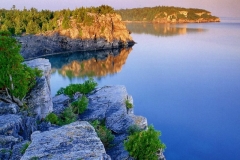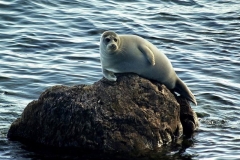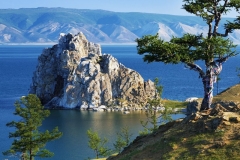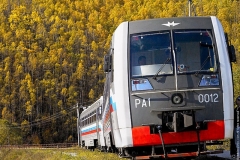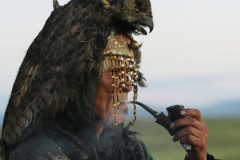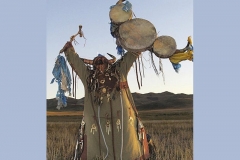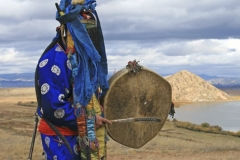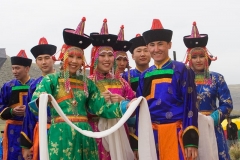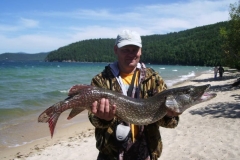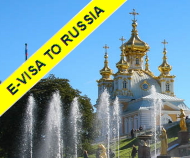BASIC INFO
| Baikal, known as a pearl of Siberia, is a rift lake in Russia located in Southern Siberia, between Irkutsk Region to the northwest and Buryatia to the southeast. The lake’s geological formation, started around 30 million years ago, its maximum depth of 1,642 m and 5,700 cu mi of fresh unfrozen water it contains make it the planet’s oldest and deepest lake, as well as its largest body of freshwater, containing over one fifth of the world’s supply. The lake is often called by Russians Baikal Sea because of its size while for the Chinese it is the Northern Sea («Beihai»). The Baikal water is distinguished by its extraordinary clarity and cleanness being pure enough to drink in most places. Baikal is extremely rich in biodiversity, more than 80% of the animals of the lake being endemic. The seal or nerpa, found throughout Lake Baikal, is the only entirely freshwater seal populations in the world. In 1997 Lake Baikal became a part of UNESCO Heritage. With its record-high sunshine longevity and picturesque landscapes Baikal offers perfect conditions for active tourism and recreation. |
Swiftly roaring down high ridges to the lake, many streams and rivers have cut through the mountains deep, narrow, dark canyons. In the places where the streams come across hard rock ledges they make up picturesque cascades. The Baikal water is distinguished by its extraordinary clarity and cleanness and have an exclusive transparency (the water clarity is 40 m deep that is maximum in general for lakes) and minimum mineralization and suspended particles of various composition. Despite some environmental concerns, it’s pure enough to drink in most places but use common sense. Fed by 300 rivers, Baikal is drained by just one, the Angara. On the steep slopes to the height of 600-800 m above the lake level the taiga rises. Up the slope, forests are replaced by sparse growth of trees and higher up stretches out the tundra.An outstanding feature of Lake Baikal, consisting in both riches and originality of its fauna and flora, attracts attention of experts all around the world. 80% of 2635 known species and subspecies of hydrobionts in the lake are found nowhere else, that means they are endemic.
Throughout the immense time of its existence Baikal, sheltering a unique community of life, has outlived many other natural phenomena. It does not cease to surprise explorers step by step revealing its mysteries and astonishing them with new riddles.
The region of Baikal is always bathed in sunlight. In fact, the area is distinctive for sunshine longevity which is record-high for the whole of Russia. Therefore Baikal offers some of the best conditions for active tourism and recreation. Ecological tourism is one of the most popular types of tourism at Baikal lake. Warm bays, beautiful landscapes picturesque trails – this is real treasures of the region.
Cultural and historical tourism are also widely developing based on the rich historical heritage of the region.
Until now Olkhon island is the center of shamanism, preserving knowledge of ancient traditions and legends of Buryat people. The indigenous Buryats, adherents of shamanism, believe the island to be a spiritual place. Located on its western coast Shaman’s Rock , or the Shamanka is Baikal’s most famous landmark, one of nine most sacred places in Asia. Natives believe that Burkhan, a modern religious cult figure of the Altai peoples, lives in the cave in this rock.
Architectural complex of Circum Baikal Railway was built more than a hundred years ago, and is an outstanding landmark to the construction and engineering art. The railway was supposed to be a continuation of the Trans-Siberian railway, and was very important for Russia strategically, that was the reason why such complicated project was ever started.There are a lot of beautifully constructed tunnels and bridges along the way, making Circum-Baikal somewhat of a railway monument.
DON’T MISS
ENJOY MORE


